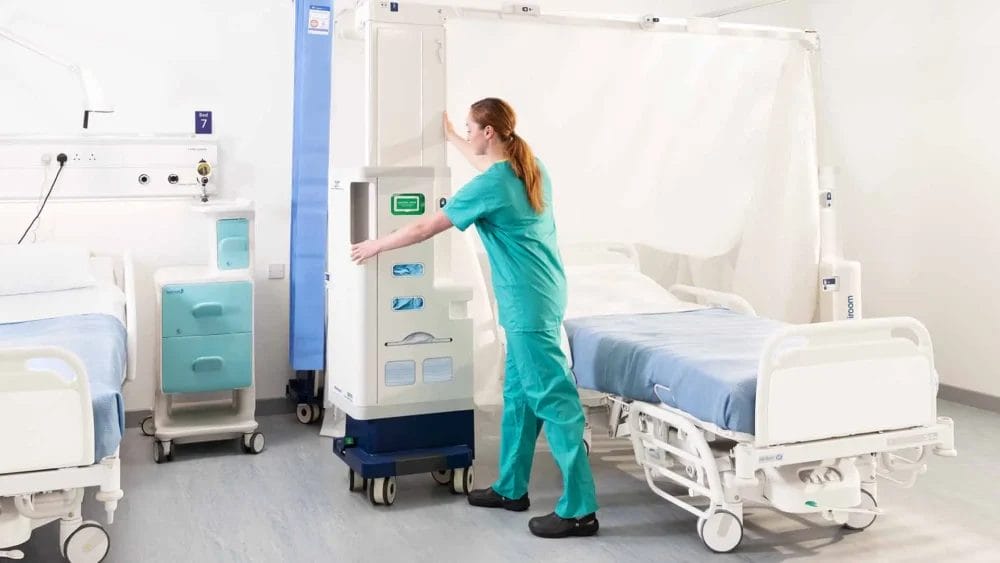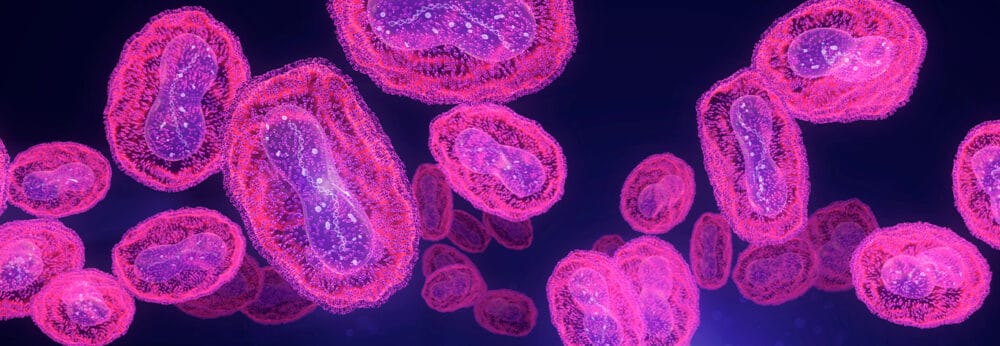Posted
23rd August 2021
Research
In our latest research article, we review recent Australian studies examining the functional characteristics of Rediroom, a mobile room designed to provide flexible, instant isolation for patients under contact and droplet precautions.
Cost-effectiveness of Rediroom
A recently published study explores the cost-effectiveness of Rediroom in reducing the risk of HCAI.
The study team made an estimate of how much the implementation of Rediroom would reduce HCAI, then modelled the cost-effectiveness of this reduction via assessing incremental cost per life year gained (LYG). LYG is a measure in health economics. It expresses the additional number of years of life that a person lives as a result of receiving a treatment.
The incremental cost per LYG was £5,829, well under the standard £20,000 threshold per additional LYG – and so, Rediroom is considered a cost-effective intervention to reduce HCAI.

Rates of HCAI in the NHS helped estimate baseline costs
The study was undertaken from the perspective of the UK NHS. Current rates of HCAI in the NHS were used to estimate baseline costs. The impact of Rediroom in reducing HCAI was set at 30%, based on studies that have evaluated clinical outcomes associated with increasing the proportion of single rooms. Accepting that there is considerable uncertainty in the estimate of a reduction of HCAI associated with the introduction of Redirooms, this estimate was varied between 0 and 100% to examine the impact of cost-effectiveness.
RELATED RESEARCH: How Rediroom can improve patient flow and reduce the risk of HCAIs

Even if Rediroom reduced HCAI by 16.5% (rather than 30%) the intervention would still be cost effective
With the reduction of HCAI set at 30%, the mean expected cost of implementing a temporary isolation room per 100,000 occupied bed days (OBD) in an NHS hospital is £1.5m, the mean change to total costs associated with reduced HCAI is expected to be £1.1m, and the mean incremental cost per LYG is £5,829. This cost per LYG is well under the standard ‘willingness to pay’ £20,000 thresholds per LYG. The model suggests that even if Rediroom reduced HCAI by 16.5% (rather than 30%), the intervention would still be cost effective.

As with all models, there is considerable uncertainty in the parameters used, which can change the outcomes of the model considerably. In this case, there isn’t much hard data on the extent to which temporary single rooms reduce HCAI. However, one of the strengths of a modelling environment is that it allows you to vary these uncertain estimates and understand the likely impact. In this case, the finding that a fairly conservative 16.5% estimate of HCAI reduction would be make the introduction of Rediroom cost-effective.
If you’d like to find out more about this product, visit our Rediroom page for more information. Help spread the word about flexible patient isolation by sharing this article on social.
SHARE THIS ARTICLE
Tags
Latest News
Clean Between to Reduce Healthcare-Associated Infections
Healthcare-associated infections (HAIs) are a significant concern for healthcare facilities…
Mpox: emergence of a new threat
A new threat related to mpox is emerging, in the…
Wiping away infections – the CLEEN way!
Cleaning shared medical equipment with a disinfectant wipe at least…
Embracing sustainability and cost savings: The journey of Clinell Indicator Notes to paper-based solutions
At GAMA Healthcare, we’ve always prided ourselves on being at…




